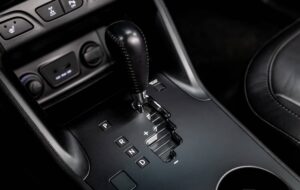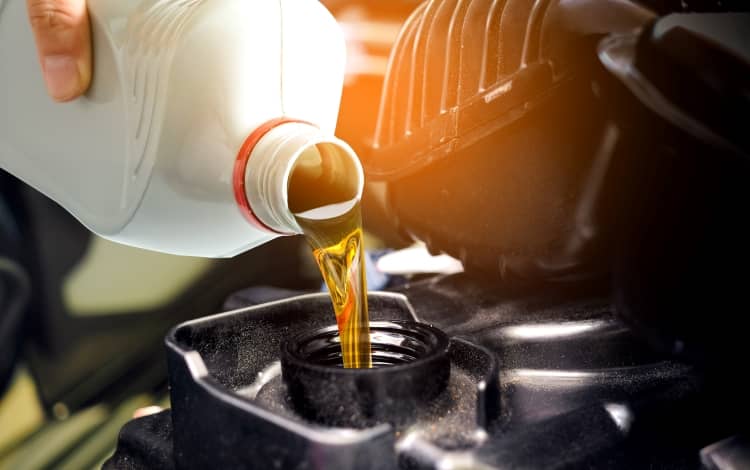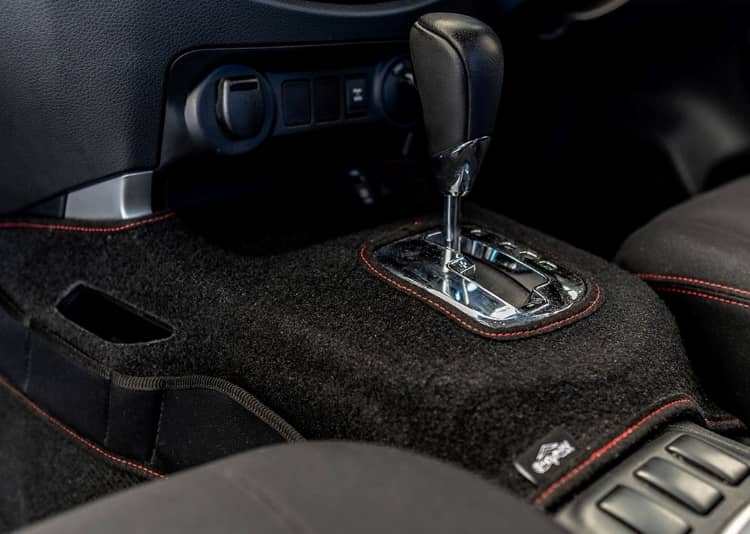
When you start your car and begin driving, the transmission works to allow the shifting of your vehicle into gear. This part of the car is also responsible for providing a suitable torque level. It regulates the power from the engine, which means that it is essential in ensuring that your vehicle runs efficiently at all times. That’s why you must always protect your car’s transmission. After all, you do not want to hit the gas, yet your car does not accelerate as expected. If this happens, then you have a transmission problem.
You can avoid any issues with your car’s transmission with proper maintenance, regular checks, and professional servicing. Today, we will give you effective tips that will prevent costly breakdowns on the road and ensure the transmission stays in superb condition. So, without further ado, here is a list of things that you need to do:
Check the Transmission Fluid Regularly
The transmission will not work without the transmission fluid, whose role is to cool and lubricate the transmission itself. This green or red fluid transmits force and pressure at the right amount. As a car owner, it is your job to make sure that the transmission fluid is changed regularly; otherwise, it will get dirty and can result in bigger transmission issues.
The best way to change the fluid is to go to the auto body shop and have a mechanic do it for you. But first, you can check the level of the fluid. Here’s how:
- Use the dipstick. Many vehicles allow you to check the fluid even when the engine is running.
- The dipstick is typically close to the oil dipstick and often has a red handle.
- The dipstick includes a hot and cold reading, so pick the one that suits your situation. For example, if the climate in your area is relatively mild and you have not driven your car for the last hour or so, you should refer to the cold reading.
- If the dipstick tells you that the fluid levels are low, you can simply top it off.
- If you notice discolouration or is a little muddy, it’s time for a fluid change.
- You may need to change the fluid if you have reached the mileage marker, even if it still looks good.
Remember to check and change your transmission fluid frequently to avoid acceleration loss, gear shifting difficulties, or worse, a total failure of the transmission.
Take the Car to the Pros for Maintenance
Sure, you love your car, and you know your way around it. However, it’s always possible that you miss some issues. Don’t skimp regular maintenance checks just to save some cash, but chances are, you end up with much more expensive repairs.
What services should you pay for to protect your car’s transmission? Here’s a quick checklist:
- Transmission Fluid: We have talked about this above, so you know that this particular fluid is essential in maintaining the transmission’s health and performance. If you do not know how to change the transmission fluid, don’t attempt to do so. Leave it to the professionals who know how to do it and which fluid to use.
- Transmission Filter: Like the transmission fluid, there’s also a filter that should be changed regularly. However, some vehicles do not have a filter, particularly the newer models. However, if your car has a filter, it should be changed every time you flush the transmission.
- Cooling System: The cooling system is responsible for preventing overheating. The engine can become very hot, causing damage to the car unless the cooling system stays functional. Everyone understands this fact, but many people do not know that the cooling system also helps cool the transmission fluid when it goes to the gearbox. That’s why most cars require a transmission repair first before the engine overheats. For this very reason, you need to keep the cooling system in top shape.
- Transmission Inspections: Your transmission should be checked by a pro at least once a year. The specialist will conduct diagnostic checks to help you find leaks and other problems whilst ensuring the fluid level, colour, and smell are ideal.
Don’t wait for problems to show up before you schedule a car check-up or servicing. Prevention is always better than cure, as they say. And this also applies to your vehicle, particularly the transmission.
Prevent Overheating
The transmission is not as delicate as other parts of the car. However, it still requires the proper care to keep it running. One common issue with transmission is overheating, which can be caused by one or more of the following:
- Using the car for heavy towing
- Frequently using the vehicle for towing
- Defective solenoid
- Driving in hot environments
- Poor driving habits
You can prevent overheating with routine maintenance. Checking and changing the transmission fluid will help ensure that the transmission operates at its best without reaching extreme temperatures.
Here’s another thing you can do: invest in a console cover. It protects the centre console of the car, which contains the controls found in the interior. This portion of the vehicle often merges with the transmission tunnel, which is right between the driver and front passenger seats. The transmission tunnel is where the tail shaft or driving shaft is, the crucial component that transmits power and torque to the engine.
With a console cover, you are not only keeping dust and dirt away from the centre console but also preventing transmission overheating and damage.
Driving Dos and Don’ts
We have stated above that poor driving habits can cause overheating. While some practices help extend the life of the transmission, others should be corrected to avoid damage:
- Do be careful with gear changes. Some drivers shift gears even when the car is running. This causes the gears to grind, which then wears the transmission. Stop turning whilst on the move.
- Do use the parking brake. Believe it or not, many drivers avoid using the parking brake for some reason. If this is a habit of yours, it needs to go away. Failing to use the parking brake puts unneeded pressure on the transmission. It becomes worse if you park on an incline. Next time you park, don’t neglect to engage the parking brakes to help keep the transmission in good condition.
- Do allow your car to warm up before driving. Today, many vehicles don’t require you to warm them up before putting the car in drive. However, if you want to maintain the transmission, wait just a few minutes before motoring away, especially in winter.
- Don’t tow. Well, in some cases, you need to tow. Towing occasionally will not cause any issues. However, if you tow above the car’s capacity and you do it regularly, you will have a strained transmission that will eventually fail. Make sure that you always consider the towing weight limit of your vehicle before you tow to avoid any issues.
- Don’t drive using your spare tyre for extended periods. Spare tyres are not the same as your car’s regular tyres. They are smaller and lighter. Driving with them for longer will not only ruin the wheel alignment but will also put a strain on the transmission.
- Don’t ignore signs that you have a transmission problem. Never be afraid to take your car to a mechanic. An issue may seem insignificant right now, but it can easily worsen if not fixed right away.
While on the subject of transmission problems, here are some signs your transmission might be in trouble:
- Shifting takes longer than normal.
- You hear a buzzing or humming noise.
- When parked, the transmission fluid starts to leak.
- You smell something strange.
- The transmission warning light is on (sometimes it’s the check engine light).
- The car downshifts without warning.
On the surface, the car’s transmission may appear to be simple. However, it has several components that work hard together to keep your vehicle moving. The transmission should be in good condition at all times so you can drive and reach your destination without any problems.

